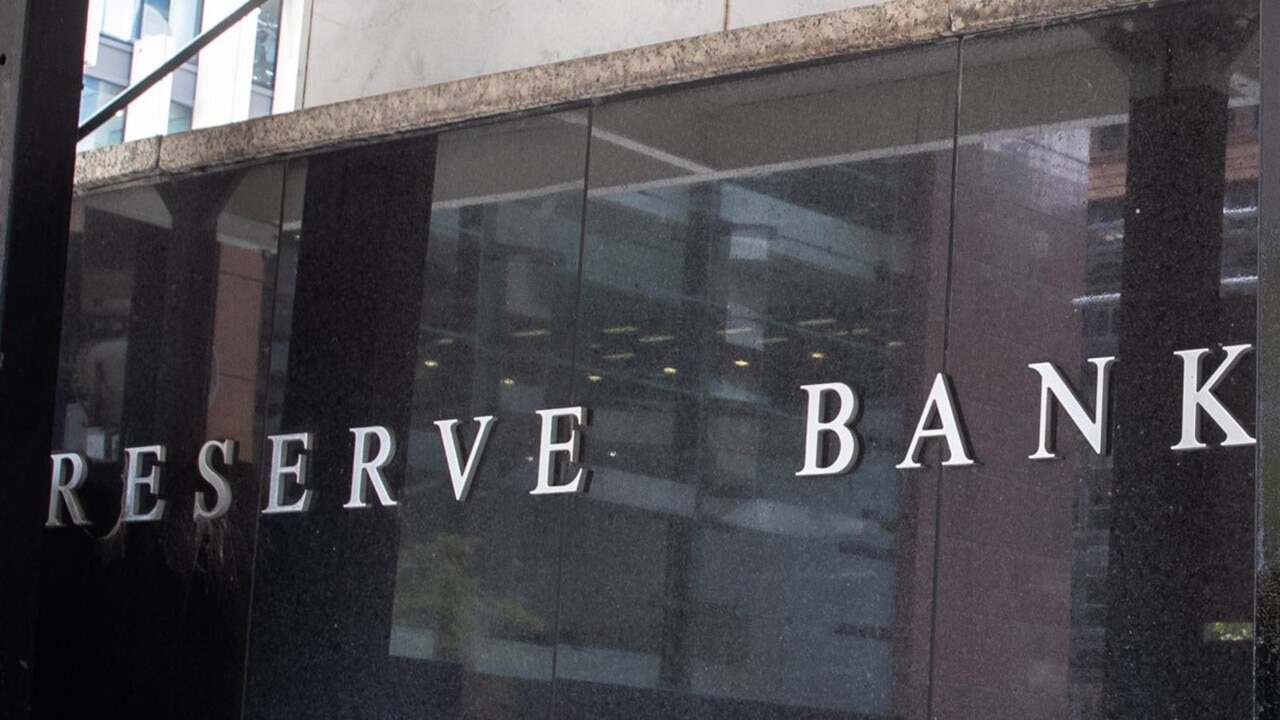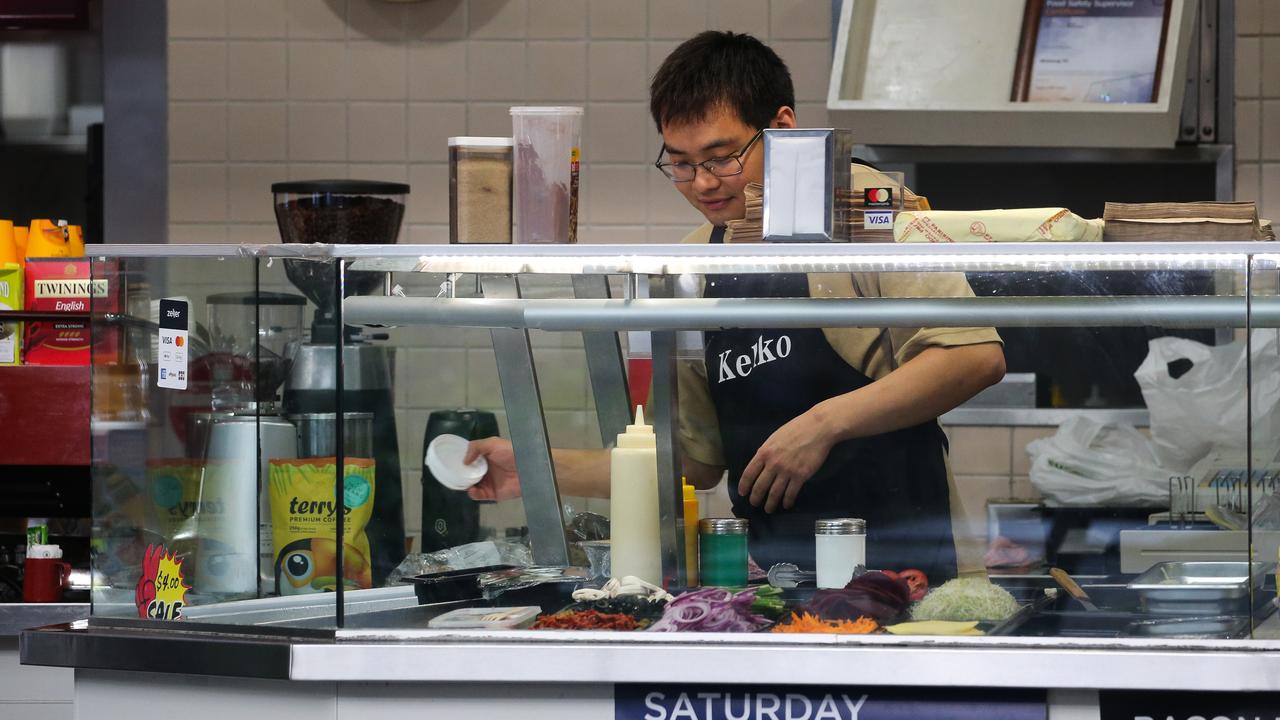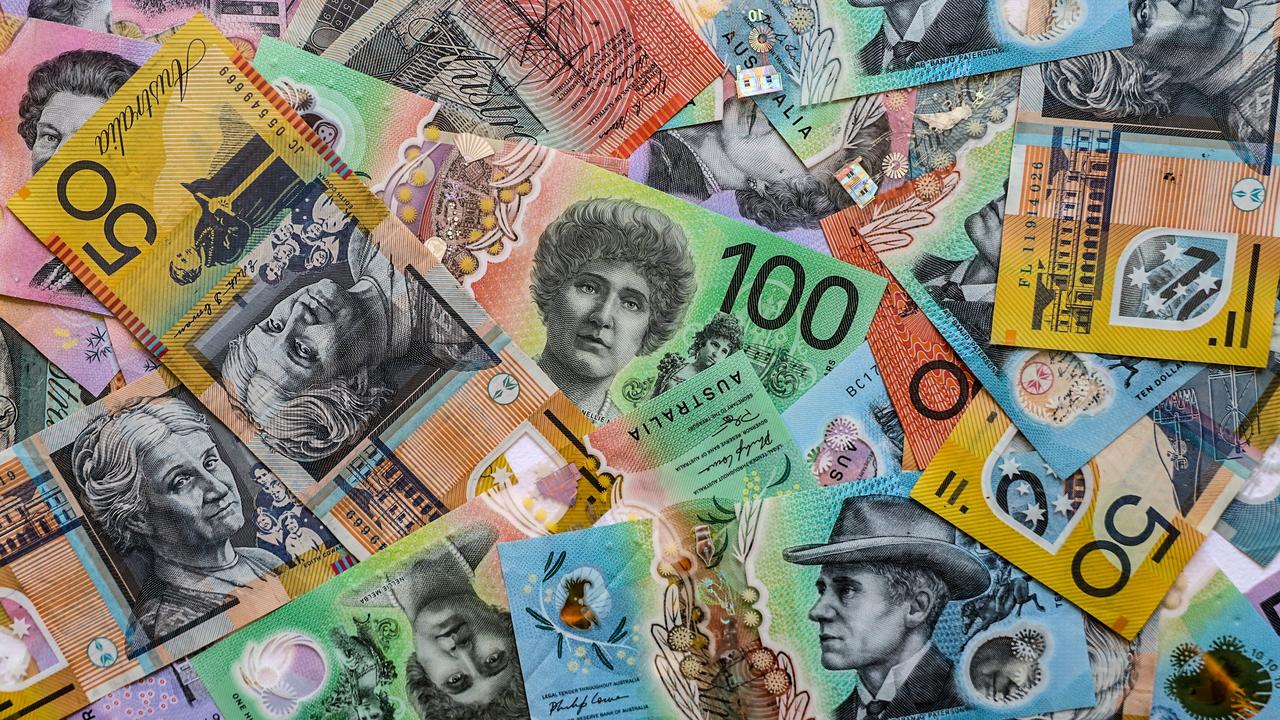Inflation holds steady at 3.4 per cent in February buoying rate cut hopes
The softer-than-expected reading is a further sign the Reserve Bank could move to ease interest rates later this year.

Inflation held steady last month, buoying hopes that the Reserve Bank can move to cut interest rates this year.
Consumer prices rose 3.4 per cent in February from a year earlier, the Australian Bureau of Statistics said on Wednesday, slightly below economists’ expectations of a 3.5 per cent increase.
However, following bumper jobs data released last week, the softer-than-expected inflation reading is unlikely to change the RBA governor Michele Bullock’s resolve to “wait and see” how the central bank’s aggressive run of 13 rate hikes flows through the economy before she moves to cut interest rates.
After the fresh inflation print, traders rate cut bets held steady with money markets fully priced for a cut in September, followed by a three in four chance of an additional cut at the RBA’s December meeting.
Wednesday’s reading showed the RBA’s preferred measure of underlying price pressures – trimmed mean inflation, which strips out volatile items such as food and petrol – rose to 3.9 per cent, up from 3.8 per cent in January.
Inflation in the labour intensive services sector also remained stubbornly persistent with rent prices accelerating to 7.6 per cent, insurance up 8.4 per cent, and education up 5.1 per cent.
Meanwhile, motorists were stung at the bowser, with fuel prices jumping 4.1 per cent.
But prices for many goods continued to moderate with food, beverages, alcohol, furnishings and communications continuing to ease.
Addressing the media earlier this month after the RBA left the cash rate on hold at 4.35 per cent, Ms Bullock warned that evidence from overseas showed bringing inflation to a heel may be a “bumpy ride”.
“The war isn’t yet won. So we continue to be vigilant, and we can’t rule anything in or out,” she said.
Ahead of its next interest rate decision, scheduled for May 7, the central bank will receive a broader reading of the price pressures across the economy for the March quarter.
Inflation has cooled markedly over the past 12 months as the RBA has tightened the economy to bring price growth within its 2 to 3 per cent target band.
In the year to February 2023, prices surged by 6.5 per cent on the back of supply chain disruptions, labour shortages and soaring aggregate demand.
More to come.


